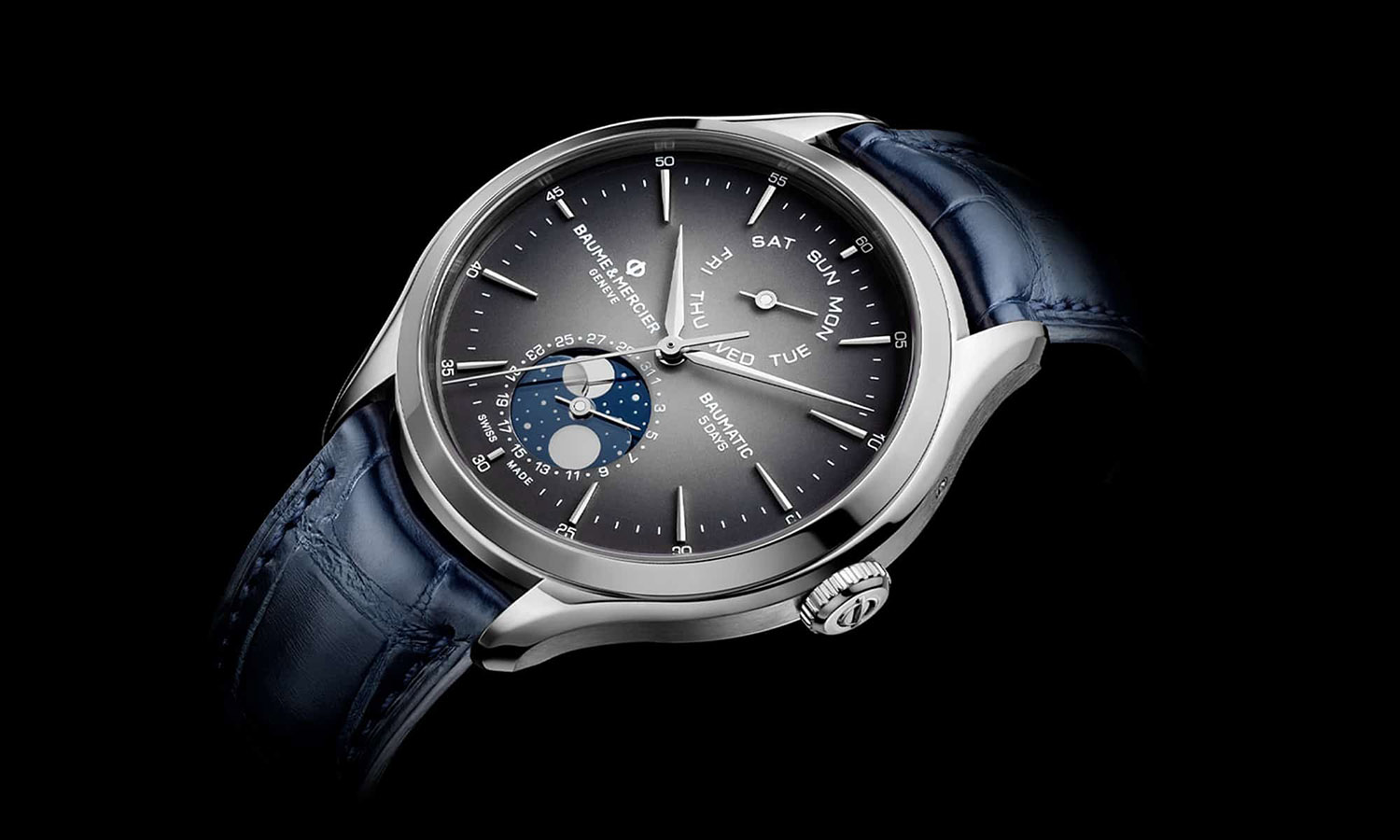If you are just starting your journey into the world of luxury watches, it may come as a shock how much more they can do than tell the time.
When it comes to mechanical timepieces, any function over and above the standard hour, minute and second timekeeping is called a complication. Many different types of these complications exist, and they come in all manner of complexity, from the genuinely useful to the somewhat show-offy – more a testament to engineering brilliance than anything likely to assist you in your day-to-day.
To clear up the confusion and help you determine the functionalities you most prefer, we have put together this guide to some of the most popular types of watch complications, detailing what they do and which (budget-friendly) models feature them.
Date Complication
We’ll start with the most basic. A day of the month display is undoubtedly handy – who among us hasn’t forgotten today’s date? – and just about every brand has at least one watch on its books with the function.
The vast majority present the date in a small window somewhere on the dial, usually at the 3:00, 4:30 or 6:00 position. A numbered disc rotates below the aperture and changes every midnight. You will find date-equipped watches at all price levels, from a US$200 Timex to a US$500,000 Richard Mille. If you’re in search of an all-time classic, however, check out the Rolex Datejust. The first watch to perfect that instantaneous midnight switch, prices start at around US$8,000 for a timepiece that will last several lifetimes.
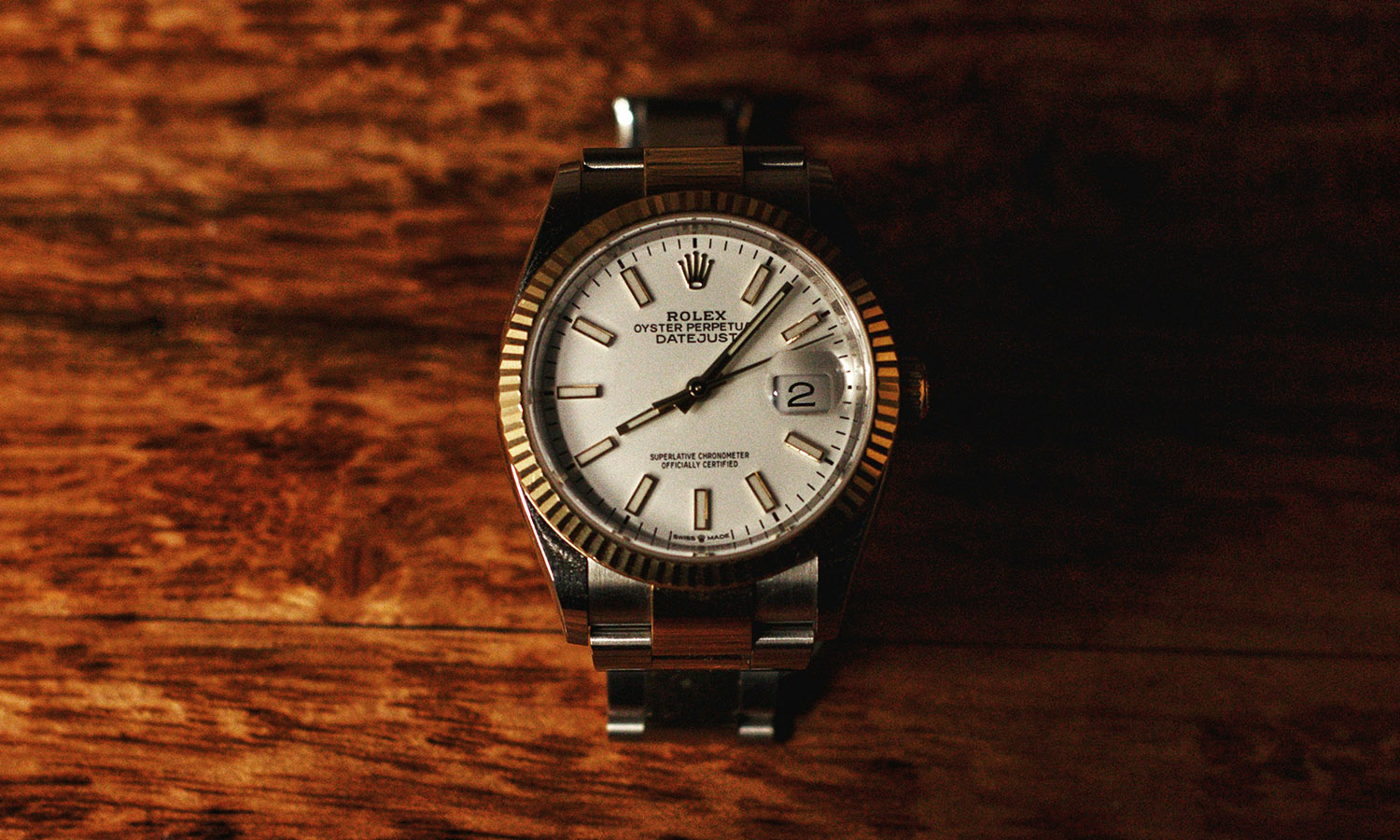
Day-Date Complication
A step up from displaying only the day of the month, a day-date shows you the day of the week as well. As day-dates are more complex, they’re usually more expensive and also offer more variety in terms of how they convey the information.
Some follow the same method as with the month numeral, adding another window where you can read the day, either abbreviated or spelled out in full. Others use subdials in which the seven days are arranged in a circle and an additional hand points to the current one. Still others enhance the experience with a retrograde mechanism; here, the days are presented on a semi-circular scale with a pointer hand that jumps back to the Monday position at midnight on Sunday.
Not as prevalent as date-only models, the most value-for-money day-date currently remains Seiko’s legendary Prospex Turtle SRPE93, at around US$500.
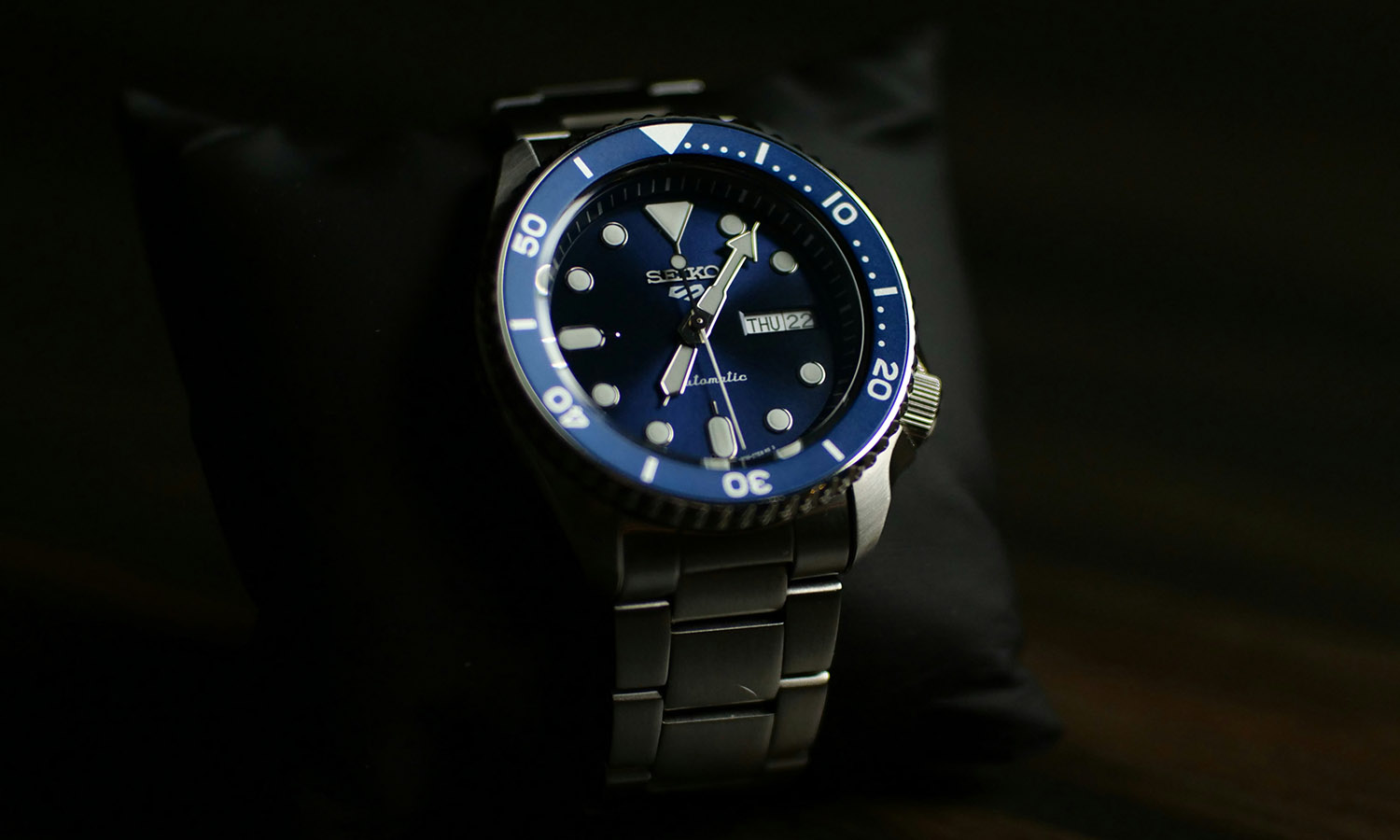
Annual/Perpetual Calendar Complication
Once you’re in the realm of annual and perpetual calendars, you are truly in the upper reaches of horology.
Unlike date and day-date watches, which have to be manually adjusted for months with fewer than 31 days, annual and perpetual calendars take into account the differing lengths of the various months and set themselves accordingly. In the case of the annual calendar, they compensate for all the 30- and 31-day months, only requiring the wearer to reset them at the end of February, due to its 28- or 29-day cycle.
Perpetual calendars, on the other hand, can not only correct for every month – including February – but they also take in leap years and so should not need adjusting until the year 2100.
Unsurprisingly, watches with these features fall on the pricey side – though you don’t have to go as far as Patek Philippe (who invented both complications for wristwatches) to get one. Breitling and Omega each make reasonably priced models in their Premier and Globemaster ranges, respectively. And, despite the complexity of perpetual calendars, Tissot has an excellent example in the Tissot Tradition Perpetual Calendar for around US$600.
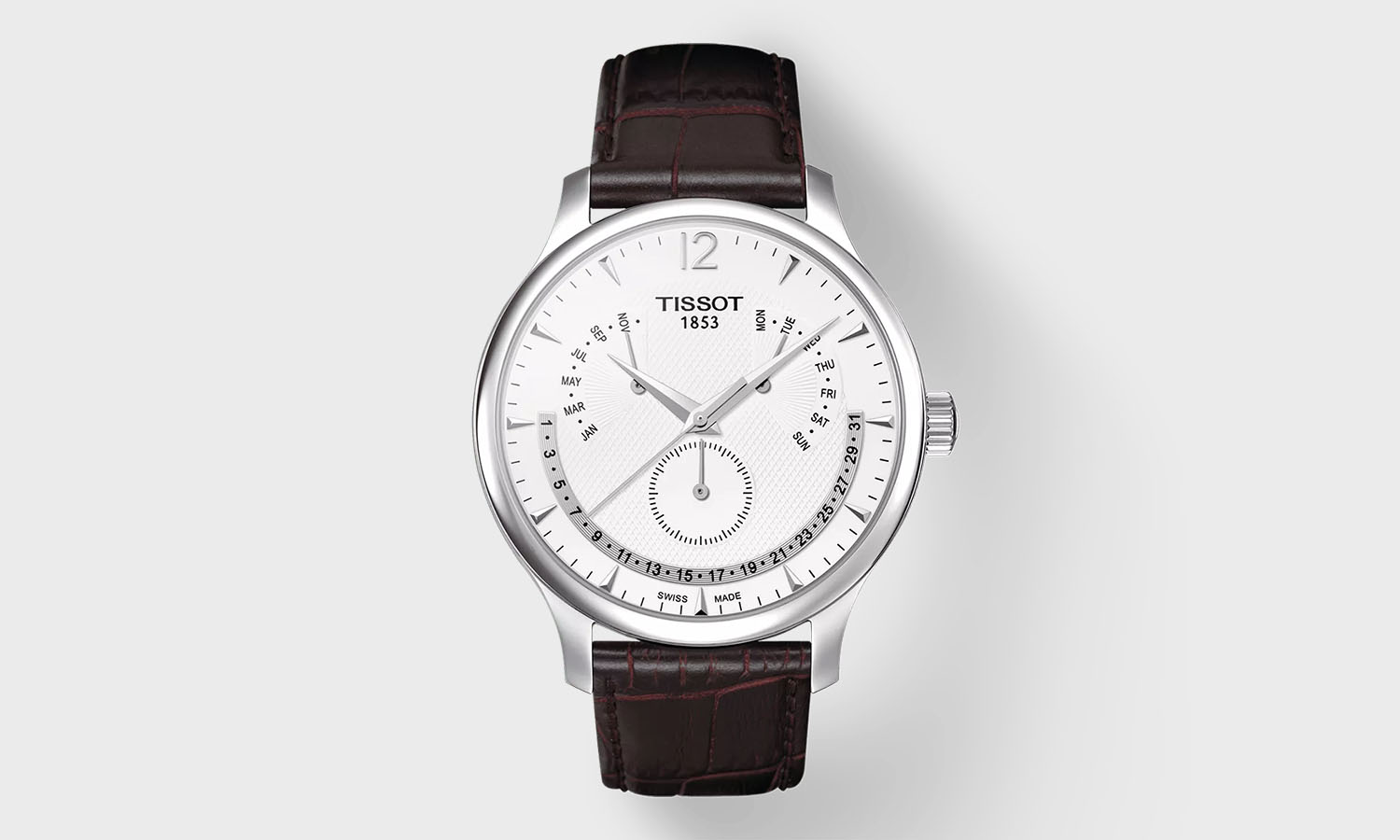
Chronograph Complication
Another extremely practical complication with a range of uses, a chronograph is simply a mechanical stopwatch. Most have either two or three subdials located on the main dial to record elapsed minutes and hours. They also normally have a large central chronograph hand to count seconds. On the side of the case, two buttons take care of starting, stopping and resetting.
At the top end of the industry, you will find advanced variations on that broad theme, with features like split-seconds (rattrapante) chronographs, which display two central hands for tallying split times, and flyback chronographs, which can stop, reset and restart the timer with the push of one button. Just about every brand you can imagine makes a chronograph, so you will be spoiled for choice. If you want the undisputed icon, however, that remains the Omega Speedmaster.
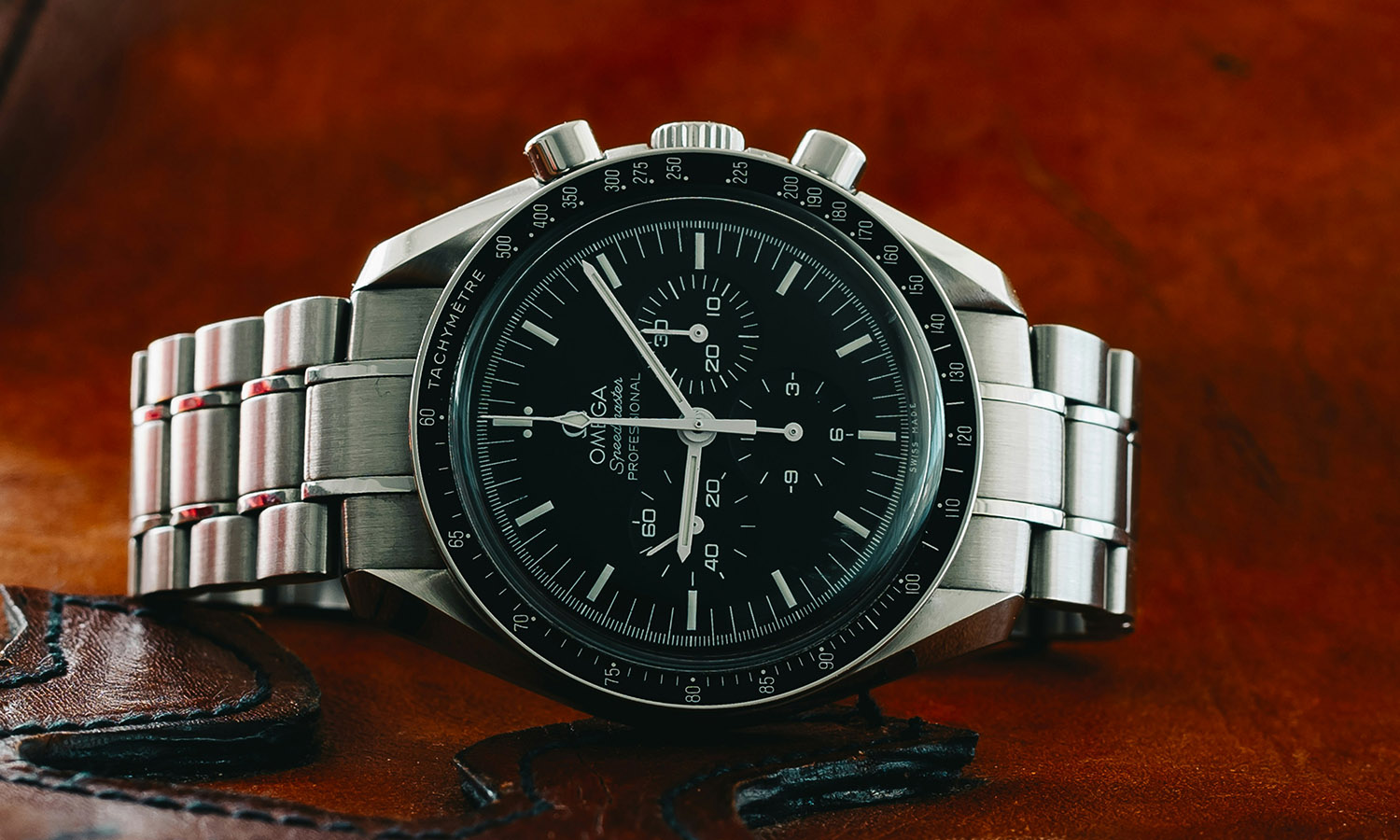
GMT Complication
Those seeking a luxury watch for globetrotting adventures are well served in the industry. Jet-setters can choose between two main types of travel companion: the GMT and the World Time. We’ll come to the second one in a minute.
Watches with GMT complications often feature an additional hour hand and a rotating bezel engraved with 24-hour numerals to display the time in two or even three places. They were popularised by Rolex and Pan-Am in the 1950s in a joint project that produced the fabled GMT-Master. The model was created to help pilots track two time zones at once,which is said to help combat jet lag.
As with chronographs, most watchmakers offer at least one GMT, with Rolex sister company Tudor providing a particular standout with their Black Bay 58 GMT.
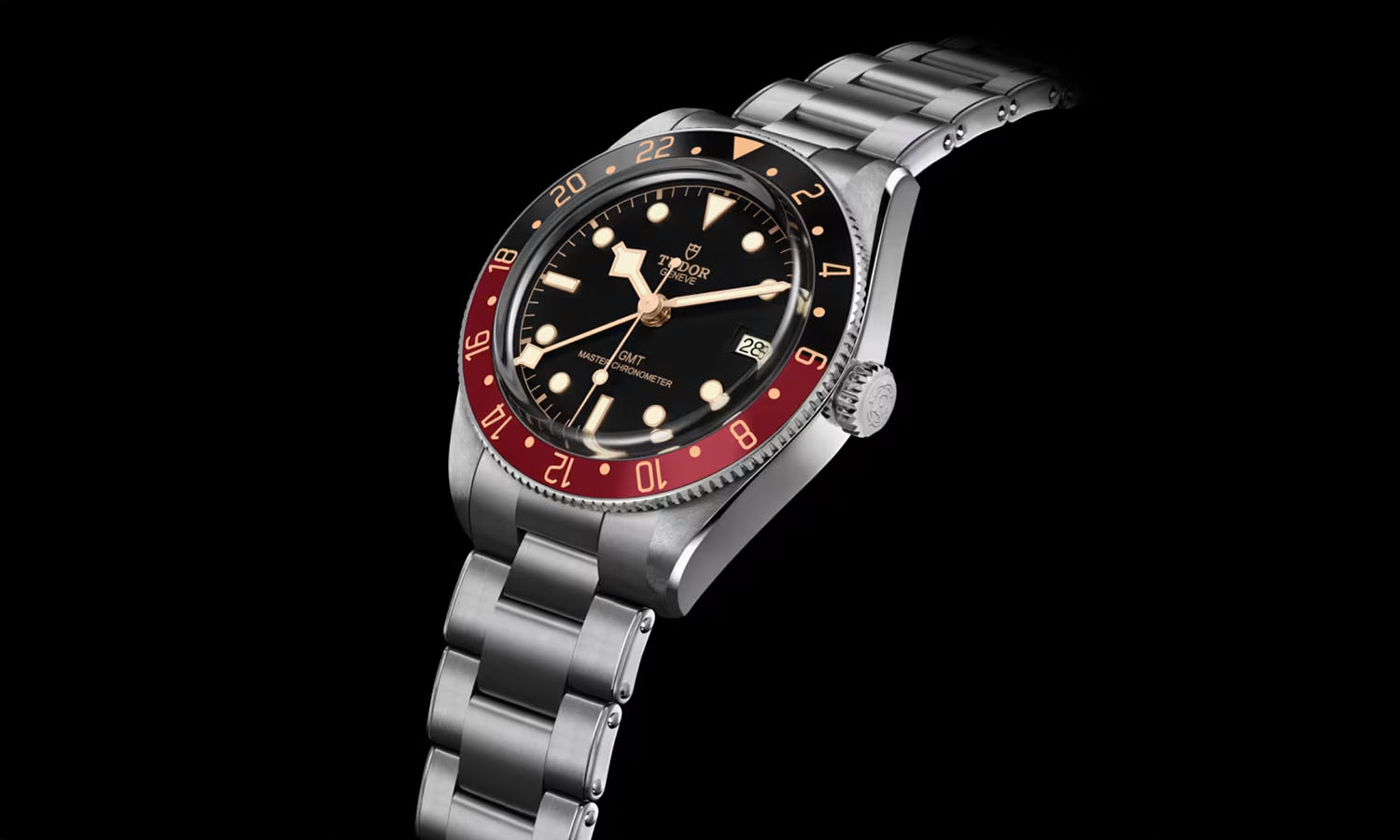
World Time Complication
First developed in the 1930s, World Time watches actually predate GMTs. They feature a mechanism allowing for all of the world’s different time zones to be shown at once. Typically, this takes the form of a rotating disc marked with the names of major cities, which can be turned to match up with a 24-hour scale.
Not quite as prevalent as the GMT, there are still plenty of World Timers out there to whet your appetite. The Junghans Meister Worldtimer and the Ball Engineer Master II Diver Worldtimer are two worth considering.
Moonphase Complication
From the very useful to the not-that-useful-but-fun-to-look-at. There is a case for calling the moonphase the oldest complication of all, with examples of moonphase mechanisms dating to the time of the ancient Greeks. Of course, back then, observing the moon’s different phases was just about the only way to measure time accurately. Today, they are included on watches more for aesthetic appeal than anything especially functional – but they are always a fascinating addition.
As with everything luxury watch-related, you can spend colossal amounts of money on a moonphase if you want to. If you don’t, check out the Baume & Mercier Clifton Automatic Moon-Phase or the terrific Christopher Ward C1 Moonglow, which claims to accurately track the moon’s orbit for 128 years.
